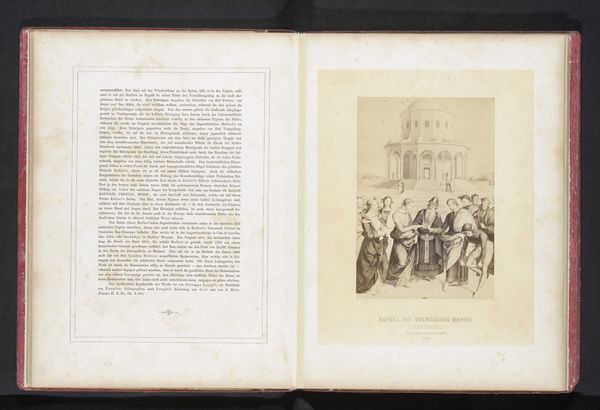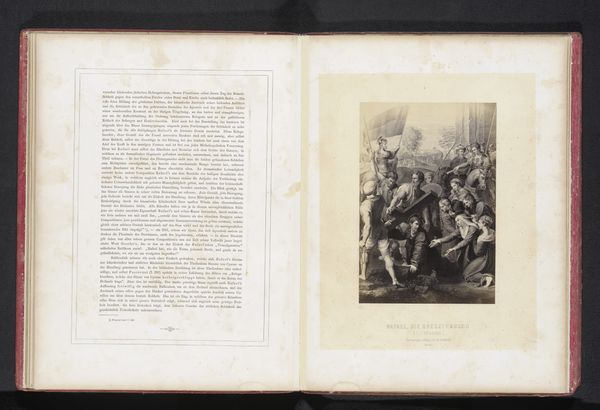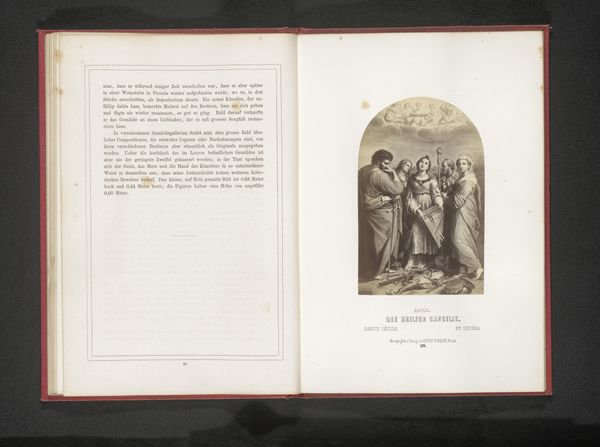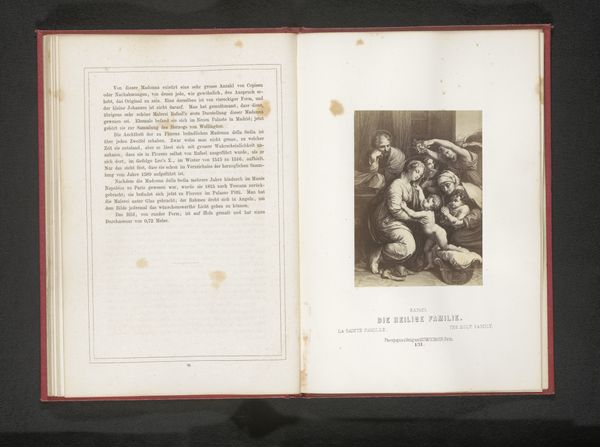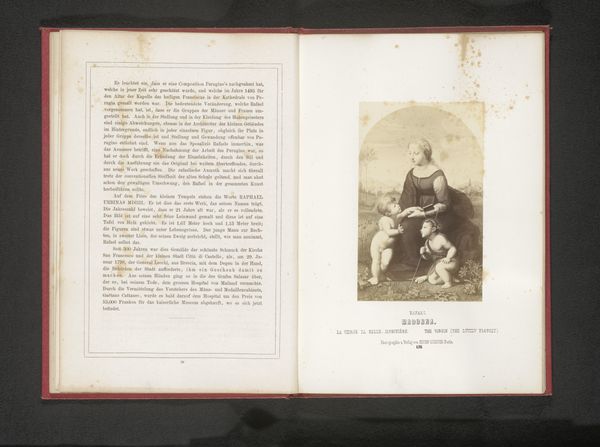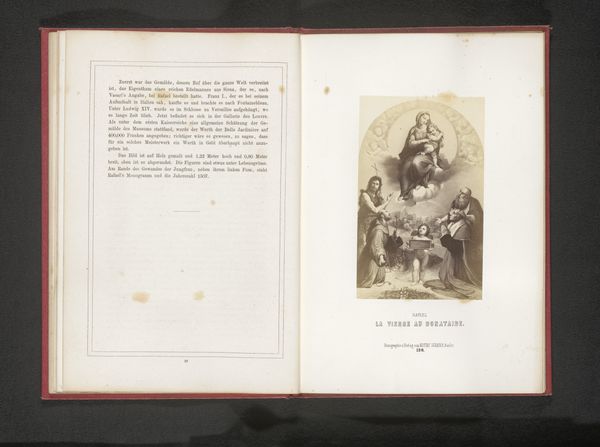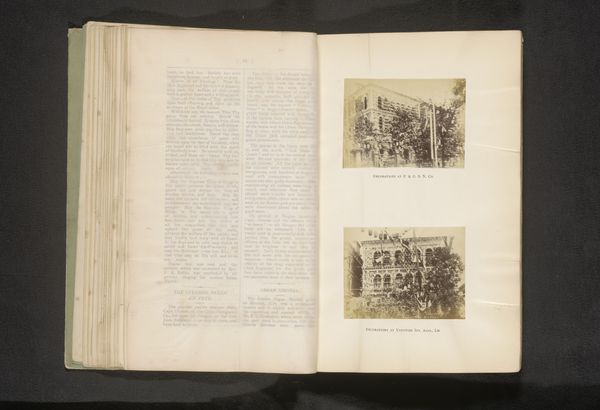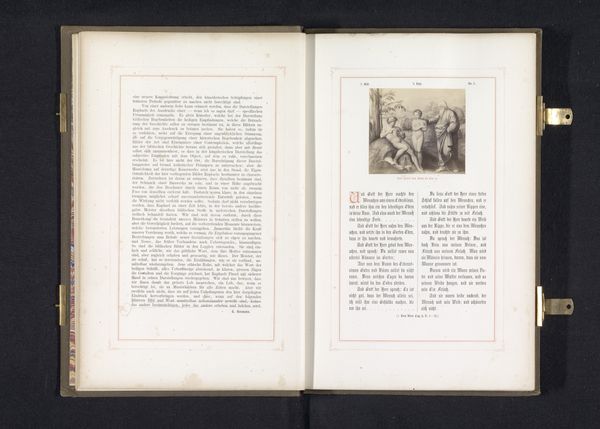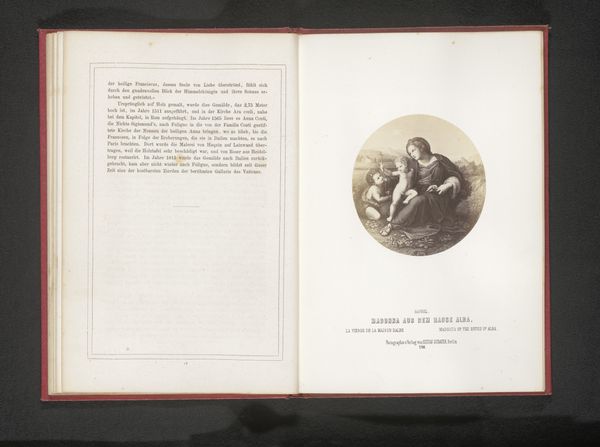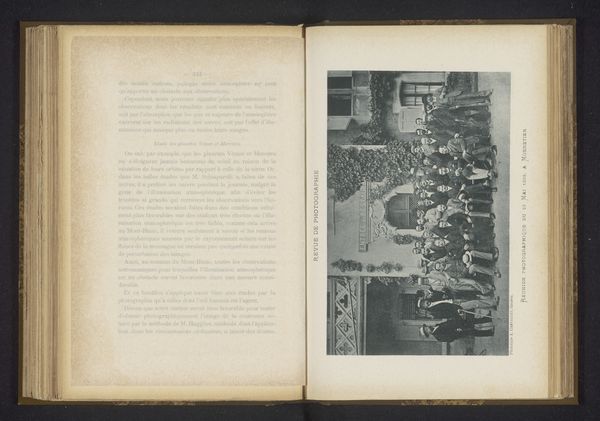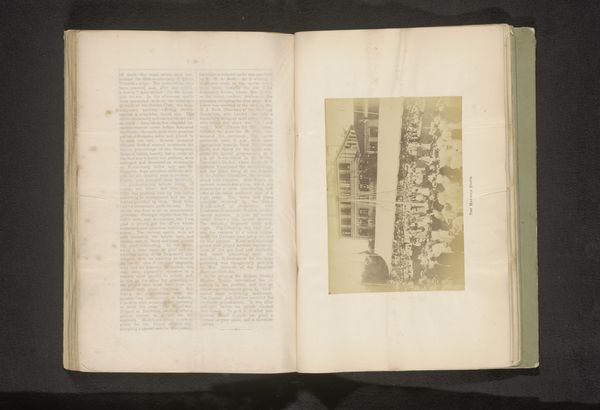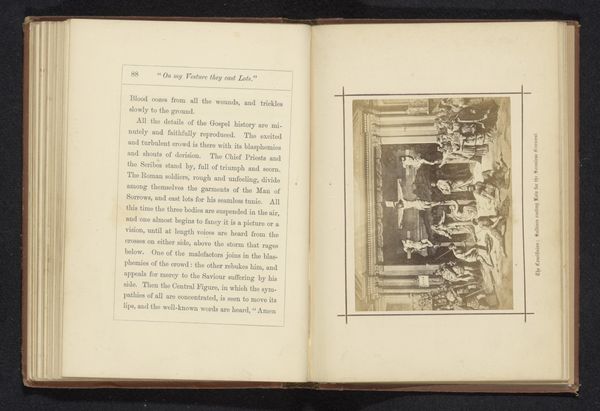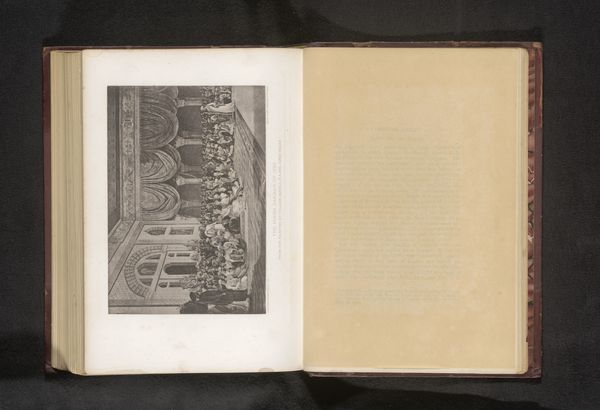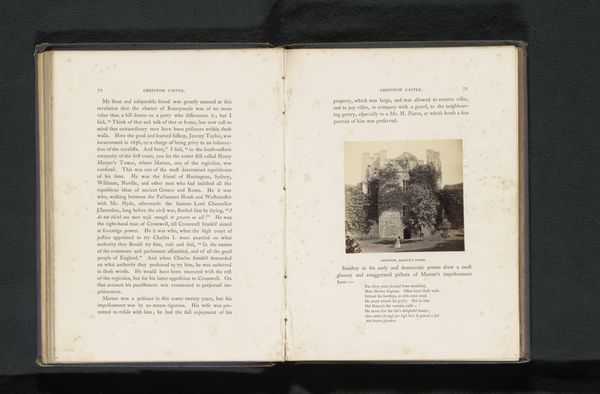
Fotoreproductie van een schilderij, voorstellende het huwelijk van Maria en Jozef before 1861
0:00
0:00
drawing, print, paper, photography, engraving
#
drawing
# print
#
paper
#
photography
#
history-painting
#
italian-renaissance
#
engraving
Dimensions: height 130 mm, width 87 mm
Copyright: Rijks Museum: Open Domain
Editor: Here we have a photographic print, made before 1861 by Gustav Schauer, titled "Fotoreproductie van een schilderij, voorstellende het huwelijk van Maria en Jozef," or "Photographic reproduction of a painting depicting the marriage of Mary and Joseph." It appears to be an image of an engraving or drawing on paper. I’m struck by the clarity and geometry of the figures and the structure in the background. How do you interpret this work through a Formalist lens? Curator: The clarity you mention is indeed interesting. Observe how the composition guides our eye – from the central figures of Mary and Joseph to the architectural backdrop. What impact does the contrast between the foreground figures and background structure have on the work's overall unity? Editor: I see that the round temple, as a background, provides a balanced but contrasting backdrop to the linear arrangement of the figures. It also seems to echo the halo over Mary's head. So, in the end, it ties everything together and lends a sacred quality. What would you highlight next? Curator: Let’s consider the materiality of the print itself. The photographic reproduction translates a presumably painted or engraved image into a new medium, which itself lacks bright color. What effect does this transformation have? How does the removal of original color and its subsequent conversion to sepia tone contribute to a feeling of the Italian Renaissance aesthetic? Editor: By removing the color and relying on tonal contrast, the emphasis shifts to form and line. The choice underscores the visual and geometrical elements of the underlying image. Curator: Precisely. The materiality enhances our focus on the work's inherent visual qualities. We can appreciate how the artist created a balanced composition, relying on clarity of form to tell a familiar story. I’d like to look closer at it now myself! Editor: I appreciate how you focused our analysis on composition and how it directs the gaze and amplifies meaning through different media.
Comments
No comments
Be the first to comment and join the conversation on the ultimate creative platform.
